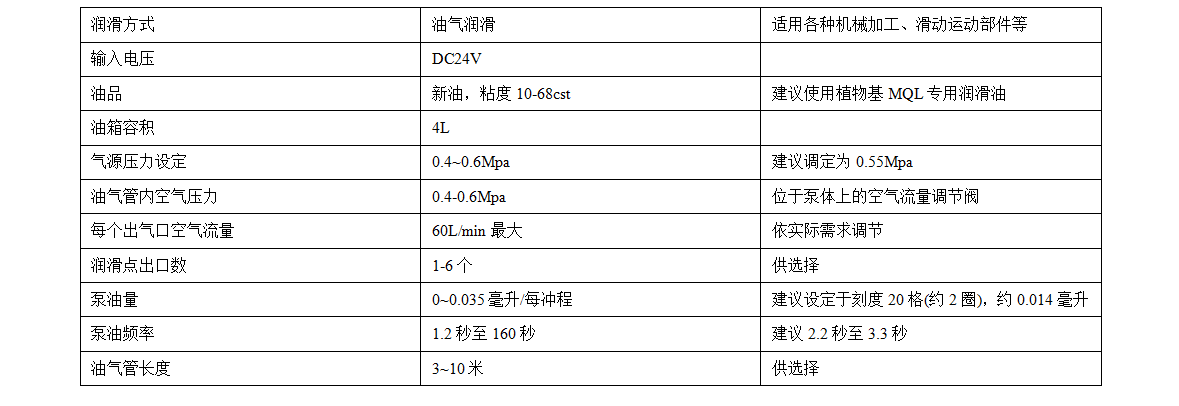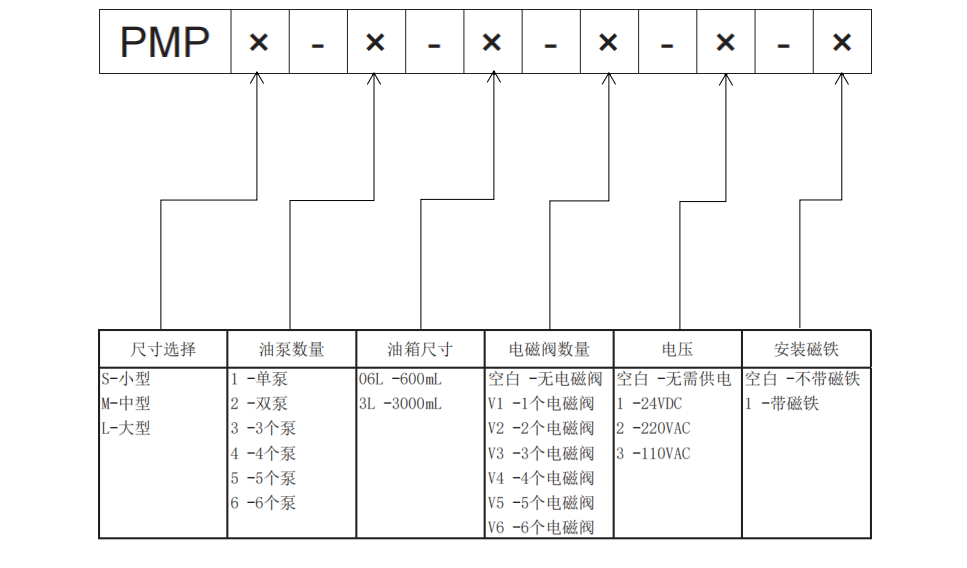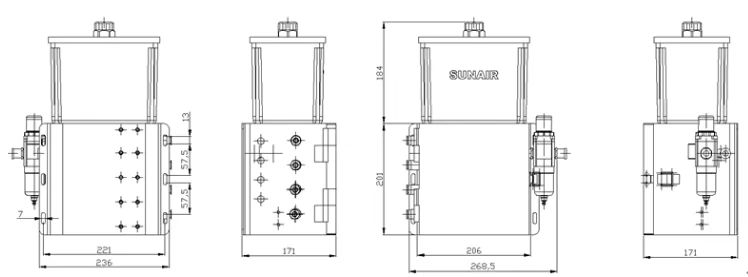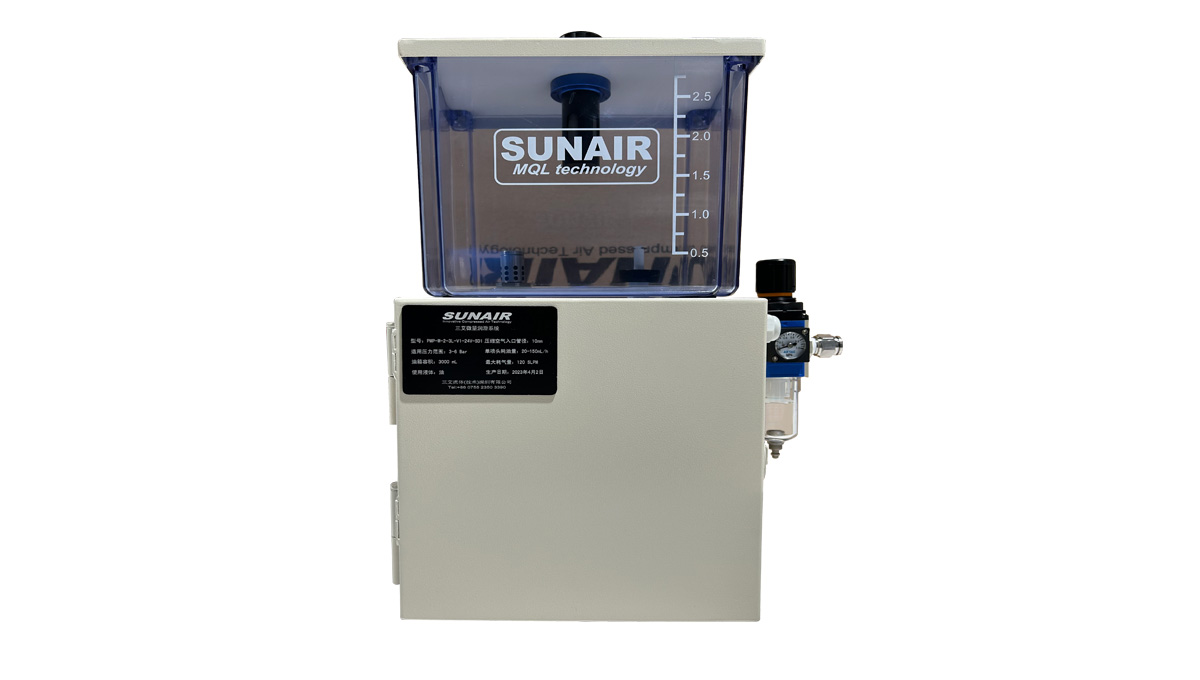
Lubrication is a type of lubrication used in metal processing, i.e. semi-dry cutting. Lubrication is lubrication, where compressed gas (air, nitrogen,
Specifications and parametersWhat is Minimum Quantity Lubrication (MQL) >>
Minimal quantity lubrication, also called minimum quantity lubrication (MQL) in English, is a lubrication method for metal processing, that is, semi-dry cutting, which refers to combining compressed gas (air, nitrogen, carbon dioxide, etc.) with a very small amount of lubricating oil After mixing and vaporizing, micron-sized droplets are formed and sprayed into the processing area for effective lubrication. The dosage of cutting fluid is generally only 0.02~0.4L/h, which can effectively reduce the friction between the tool and the workpiece, the tool and the chips, prevent adhesion, extend the tool life, and improve the quality of the machined surface.
What is ultra-low temperature minimum quantity lubrication (CA-MQL) >>
The so-called ultra-low temperature minimum quantity lubrication (CA-MQL) refers to the use of air vortex technology to cool the compressed air to 0 to -15 degrees, and then mix the cold air (compressed air) with the cutting oil and then spray it out. On the one hand, it improves the heat transfer in the cutting area. Strength, improve heat transfer effect, more effective cooling; on the other hand, the improvement of heat transfer effect can further maintain the lubrication ability of the lubricating film formed by lubricating oil mist, thereby achieving the dual purpose of cooling and lubrication.
Low-temperature minimum quantity lubrication can effectively reduce the temperature of machining tools and produce a lubrication effect, extending the service life of the tools and increasing the surface quality of the workpiece. Dry cutting can be truly realized, and there is no oil mist generated and no pollution to the working environment.
Applications >>
1. Minimum quantity lubrication and cooling of machining center
2. Minimum quantity lubrication and cooling of CNC lathes
3. Minimal lubrication and cooling of hobbing and milling gears
4. Minimum quantity lubrication and cooling of sawing machine and band saw
5. Drilling with minimum quantity lubrication and cooling
Comparison between low temperature minimum quantity lubrication and air cooling >>
The cutting force of low-temperature MQL is nearly 25% smaller than that of air-cooled turning, and the cutting temperature is 30% lower. The main reason is that low-temperature MQL contains a little more cutting oil than simple air cooling, and these cutting oils are in the high-speed cold air flow. When carried, lubricating oil particles enter the metal gap and are adsorbed on the metal surface, strongly cooling the cutting area between the tool, chips, and workpieces, and quickly forming an oil film between the chips and the tool, so that the temperature of the chips cannot be transferred to the tool. , workpiece, this is the cooling mechanism of cold air cutting. On the other hand, when the cold air cools down and the low-temperature oil film changes the type of friction between the chip and the tool, it changes from dry friction to boundary friction, which reduces the friction and the friction heat. Therefore, under low-temperature cold air and micro-lubrication conditions, the cutting temperature is lower, and the tool has a longer service life in such an environment due to the protection of the oil film.
Comparison between low temperature minimum quantity lubrication and traditional pouring cooling >>
The cutting force of low-temperature MQL is 5% smaller than that of pouring cooling, and the cutting temperature is 3% higher. Casting cooling mainly relies on the convection heat transfer method of a large amount of cutting fluid. The flow of pouring cutting fluid is large, but the flow rate is low, and the cutting fluid cannot arrive in time. The gap in the main cutting area, and the low-temperature minimum quantity lubrication mist cutting oil is carried by the cold wind and high-speed airflow. The lubricating oil particles enter the metal gap and are adsorbed on the metal surface. The friction is reduced, which affects the cutting between the tool, chips, and workpieces. Strong cooling and lubrication are carried out in the area. Due to the effect of high-pressure air conditioning, the chip removal effect is better and the cutting force can be significantly reduced.
Over the years, the company's professional technical team has been committed to the R&D, production and industrial application promotion of MQL minimum quantity lubrication systems, CA-MQL ultra-low temperature minimum quantity lubrication systems and air-cooled dry cutting products.
The company's products, minimum quantity lubrication systems, are mainly used in metal processing situations. Provide complete solutions for major enterprises, using the characteristics of efficient and clean air to help enterprises solve dry cutting problems encountered in production, to achieve the purpose of improving production efficiency, saving energy, reducing consumption, protecting the environment, and protecting personal safety.
1. Instructions for use of minimum quantity lubrication pump:

1. The micro pneumatic pump can pump out a small amount of lubricating oil with the frequency generator. The pumped oil is injected into the small oil pipe in the oil and gas coaxial pipe, and flows out at the end of the small oil pipe to mix with the compressed air regulated by the air flow regulating valve. , sprayed into the cooling and lubrication area through a special nozzle, which can be used in various mechanical processing to play the role of cooling, lubrication and chip blowing.
2. The number of pneumatic pumps can be combined according to needs. A single system can combine 6. The oil volume of each pneumatic pump and the air flow of the oil and gas pipe can be adjusted independently.
3. The adjustment range of the pump oil volume is 0~0.035 ml / stroke. When the pump oil volume regulator is turned clockwise to the end, the oil volume is 0. When it is turned counterclockwise, every 10 grids of rotation is one circle, and 10 grids of oil are The amount is 0.007 ml / stroke, the recommended value is 10~20 grids, adjust the oil amount according to actual needs.
2. Things to note:
1. Oil: Only clean oil can be used. The oil must not have impurities. The oil viscosity is 10~68cst. Recycled oil, water, etc., or corrosive liquids must not be used.
2. Use dry compressed air to avoid affecting the operation of the pneumatic pump.
3. The oil and gas coaxial tubes must not be folded, as this will affect the flow of lubricating oil and the accuracy of the pump oil.
4. The liquid level in the fuel tank should be higher than the lower limit of the liquid level switch.
Nozzle introduction >>



To provide you with professional solutions

